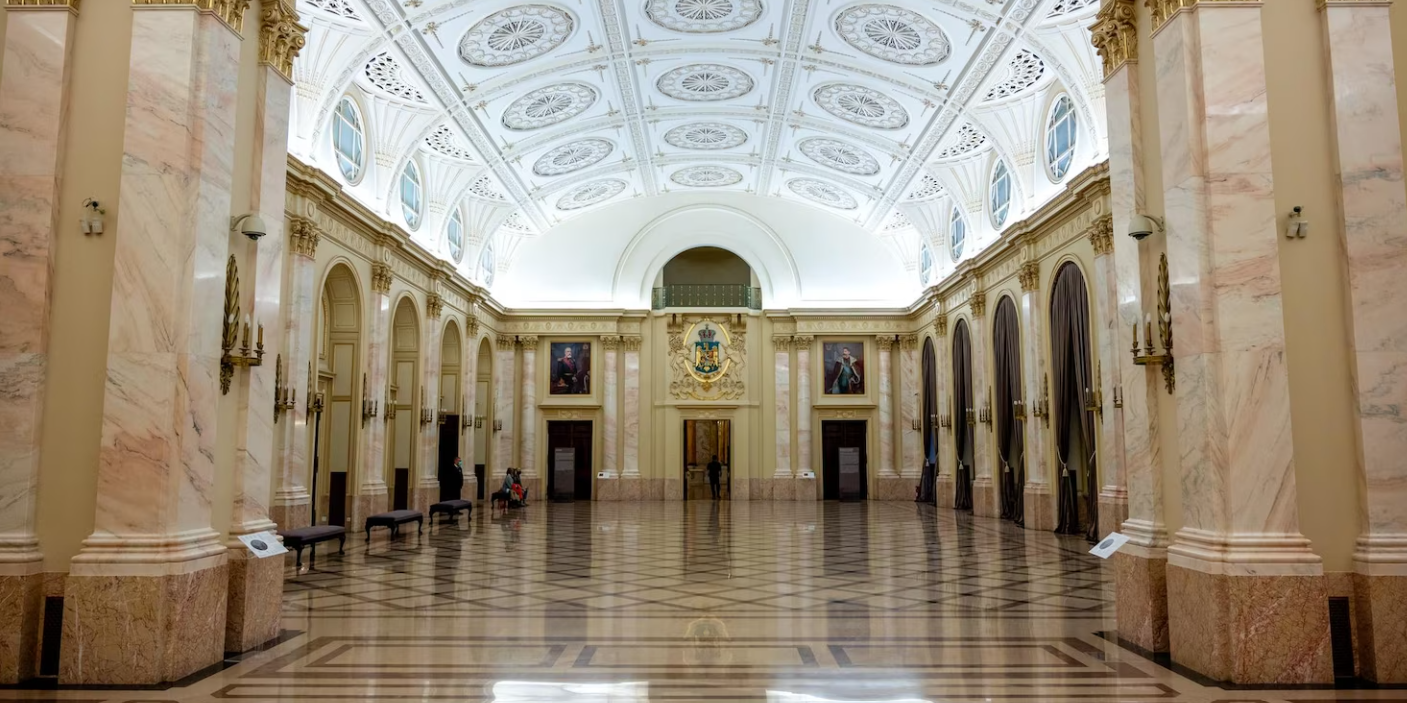Making money in museums: A future of greed
Despite museums’ efforts to break barriers, the return of two-tiered pricing may bring the industry back to its elitist past.
The year is 2023. Imagine that Vincent van Gogh or Leonardo da Vinci rose from the dead and walked into a museum. What would they see? What would they think? Van Gogh would witness his art projected onto walls, ten times the size he intended for them to be viewed. He’d hear about the cost of walking into an immersive art experience and think that it’s absurd that people pay to see not his art, but digital images of it. Da Vinci would wonder why no one actually looked at his paintings, but just stood in front of them and took photos before leaving without a second glance. Maybe he’d even ask why so many people had access to view his work.
Historically, museums held elitist identities. 500 years ago, they started as private collections. Wealthy patrons and collectors dedicated rooms to artwork as symbols of their wealth and worldliness. It was a chance for visitors to “exhibit their knowledge and taste,” shares Carole Paul in an interview with the University of California Newsroom. In the late 17th and early 18th centuries, art museums opened across Europe. As museums upheld their elitist past, visitors were expected to have wealth, status, and knowledge. Thus, visitors were often those beholding education in the arts, as the purpose of museums was not to educate the public, but to show off their art collections to those who understood the art’s context.
Now, museums are different. Art museums around the world are working to dismantle the elitist perspectives that are engrained in their foundations. Museums attempt to educate, enable more widely inclusive access to art, and create exhibitions that can be understood from the contemporary perspective.
While these developments are true, museums’ drive to make money from their visitors have not changed. In an interview, art historian and interim chair of U of T’s Art History department, Giancarla Periti, notes that “issues differ for North American and European museums.” When discussing the Uffizi Gallery in Florence, Italy, Dr. Periti shares that there are two ways to enter the museum. First, you can buy a general admission ticket that requires you to wait in line for hours before entering. Second, you can pay more for an express ticket to bypass the line. Previously, the Uffizi Gallery held dedicated days for scholars, who could enter the museum free of charge. This policy has now been removed. Despite upholding the elitist identities of the past, the institution still averages around 5,000 visitors per day.
This greed for money is not exempt from North American art institutions, as we see a rise in immersive art-viewing experiences. Tickets for the Immersive Van Gogh Exhibit in Toronto cost anywhere from $30 for children to $100 for VIPs. By contrast, adults only pay $20 to view a real van Gogh painting at the National Gallery of Canada. Dr. Periti describes the issues of the current wave of projected art: that viewers will “lose the physical presence of the piece.” She explains that viewing the original work “is the only way a work of art that doesn’t speak can speak to you.”
Why do museums feel the need to make more and more money? Greed is one answer. But Dr. Periti explains that privatization is another. For example, Dr. Periti shares that in Italy, the institutions “used to be government-run and redistributed income equally.” Now, museums must fund themselves to pay for the restoration of both artworks and the building. They must make enough money to compete with other tourist sites while supporting their own infrastructure.
Imagine now that the year is 2050. Van Gogh and da Vinci make a return to visit museums. What money-making techniques will be implemented? They may see projected ads on walls surrounding their art. Prices would skyrocket due to new tech costs. But somehow, everyone would still be visiting museums just to say they did it. Maybe their most famed artwork will require an extra fee from visitors, just so that they can continue to stand in front of it and take photos that will end up on whatever social media app is trending. Van Gogh might walk into an immersive experience, and instead of viewing his art, people will stand next to his hologram in his projected studio. Da Vinci might gawk at the projected smile placed on his painting of the Mona Lisa and watch as people paid to create a new digital smile to sit atop it.
Maybe the future of museums won’t be too different from the present. The problems will be the same, but they’ll just be more noticeable.

